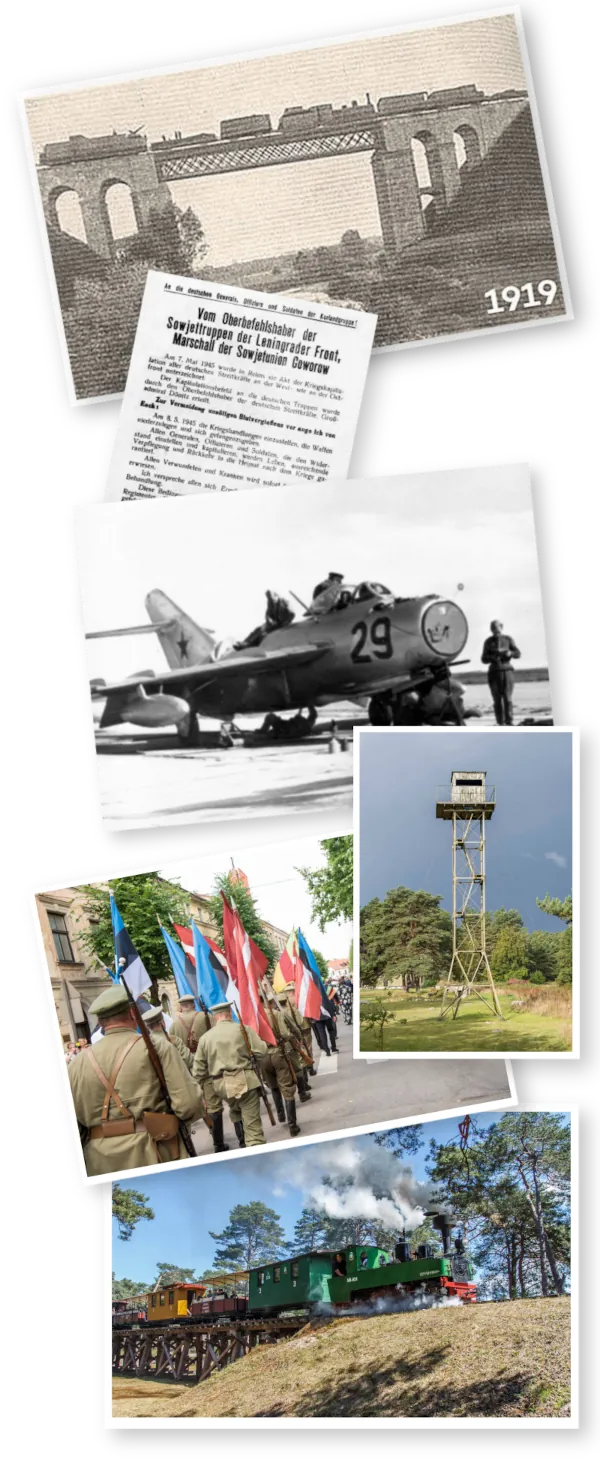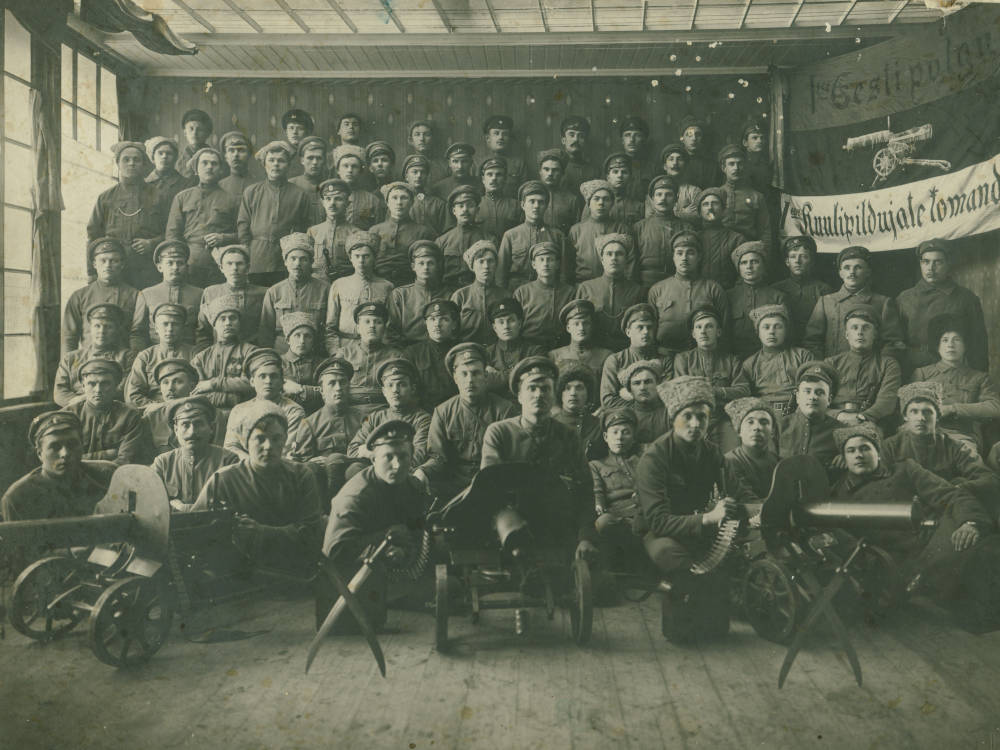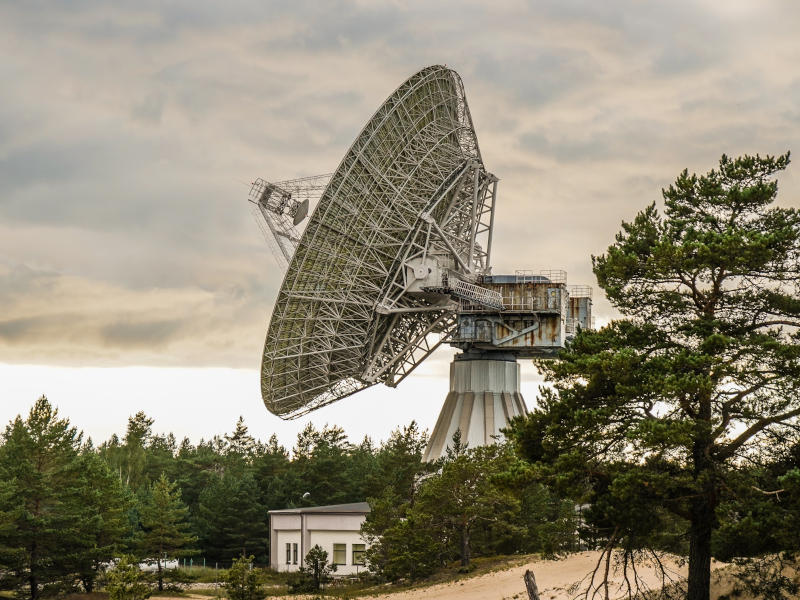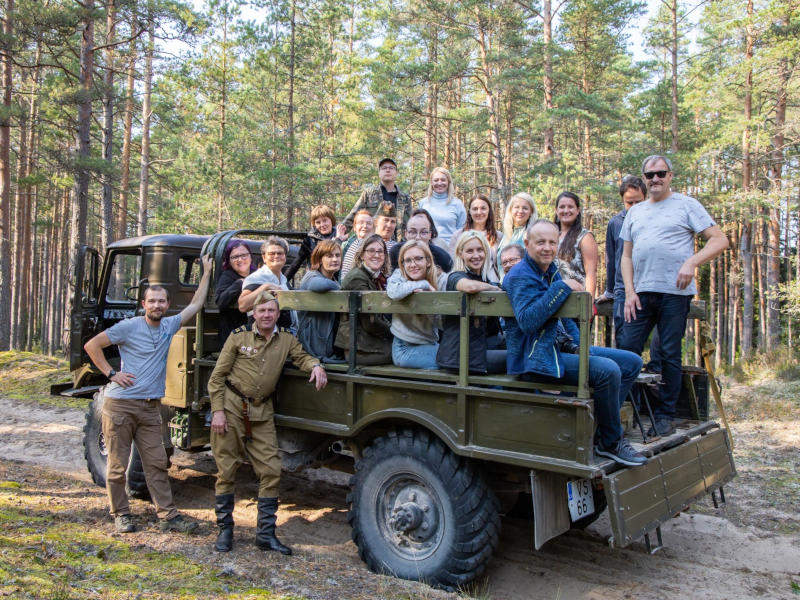Lietuvā, Latvijā un Igaunijā apmeklētājiem pieejamas militārā mantojuma vietas - muzeji, cietokšņi, militārā aprīkojuma vietas, takas, bunkuri, cīņu vietas, militārās pilsētas, infrastruktūras objekti, piemiņas vietas, kas liecina par laiku no Pirmā pasaules kara sākuma 1914. gadā un visu trīs valstu neatkarības iegūšanas 1918. gadā līdz tās atjaunošanai 1990./1991. gadā.
Par militārā mantojuma vietām var lasīt aprakstus, saistītos atmiņu stāstus, atrast vēsturiskus un mūsdienu foto, tūrisma pakalpojumus un ceļojumu maršrutu ieteikumus. Pieejama informācija arī par daudzām mazāk zināmām un retāk apmeklētām, tomēr vēsturiski nozīmīgām militārā mantojuma vietām Lietuvā, Latvijā un Igaunijā.

Facebook jaunumu lenta

Projekts LL-00052 „Baltijas militārā mantojuma tūrisma produkta paplašināšana Lietuvā un Dienvidlatvijā” (Military Heritage II) tiek realizēts ar Eiropas Savienības un Interreg VI-A Latvijas – Lietuvas programmas 2021. –2027. gadam atbalstu. Šī mājaslapa ir sagatavota ar Eiropas Savienības finansiālo atbalstu. Par tās saturu pilnībā atbild projekta partneri, un tā var neatspoguļot Eiropas Savienības oficiālo nostāju.
Projekts EE-LV00094 "Uzlabota Latvijas-Igaunijas militārā mantojuma tūrisma produkta pieejamība” (MIL-HER ACCESSIBLE,) tiek realizēts ar Eiropas Savienības Interreg VI-A Igaunijas-Latvijas programmas 2021.-2027. gadam finansiālu atblastu. Šī mājaslapa atspoguļo autora viedokli. Programmas vadošā iestāde neatbild par tajā ietvertās informācijas iespējamo izmantošanu.




























